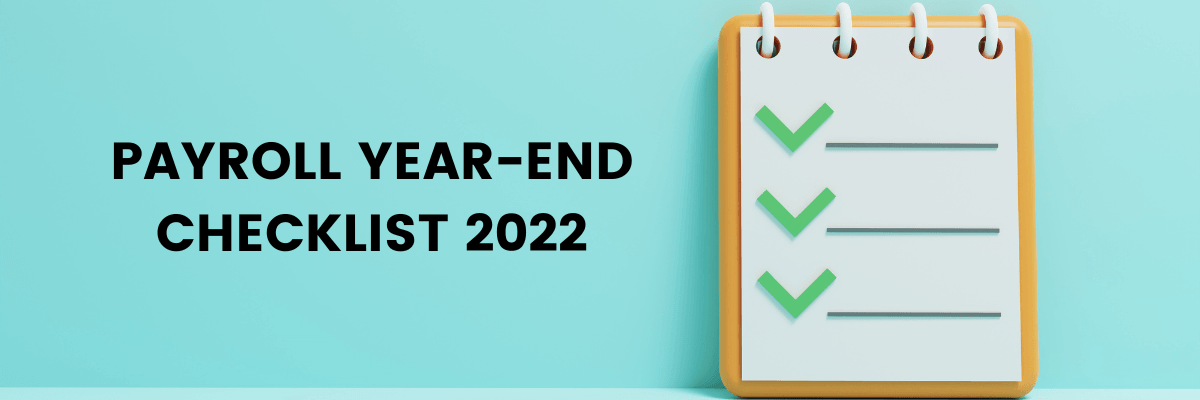
As the new year soon approaches, now is a good time to start preparing for your payroll year-end. Below is a list of things you can do to help prepare yourself but is by no means a comprehensive list of all steps that should be taken.
1. Check Employee and Employer Level Data
Many payroll providers create “Preview W-2s” that can be reviewed to check the items below for accuracy. Correcting any mistakes now can save time and money in the future, including costs associated with having to amend returns.
- Confirm the company name, address, and FEIN
- Confirm that employee names and Social Security numbers are correct and in the correct format. The IRS can impose penalties for each form W-2 that has incorrect data in regards to employee name and social security number.
- Check the accuracy of the check box indicator in box 13 of Form W-2 for each employee. Many times this check box set up in the payroll system is set up as a “company default,” so make sure individual employees who do not match the company default are coded properly.
- Ensure that deceased employees are properly coded.
2. Check Wage, Tax and Benefits Data
- Schedule any additional year-end payrolls that might need to be run. This could be for things like a year-end bonus run or making adjustments for year-end fringe benefit reporting. Be mindful that many fringe benefits require tax withholding, so running those items through a normal payroll where employees will have pay to take the taxes from may be better, otherwise the company may end up paying the tax burden on behalf of the employee, which then would require a “gross-up”. Some typical year-end fringe benefits that get reported are:
*Group Term Life Insurance in excess of $50k
*S-Corp 2% owner health benefits
*Personal Use of company car
*Company-provided transportation or parking
- Be sure to report any 3PSP (Third Party Sick Pay)/disability payments received by employees during the year to be included on their W-2.
- Verify employer state ID numbers, rates and taxable wage bases for each state.
- Prepare to update benefit deductions if open enrollment for those deductions is effective for the start of the next year. Check to see if there are any annual goal amounts that need to be updated or reset.
- Confirm that all manual checks written during the year have been recorded in the payroll system.
- Confirm that all voided or reversed checks written during the year have been recorded appropriately in the payroll system.
- Confirm there are no employees with negative Quarter to Date or Year to Date wages or pre-tax deduction amounts.
- Remind employees to fill out new Form W-4 or State Withholding forms if they want to change their tax withholdings for the next year.
Starting to check and plan for these things now can definitely save on headaches, time, and possibly costs as year-end gets closer. SimcoHR is more than happy to help with any questions you may have in regards to these items!
Sign up for our newsletter.




